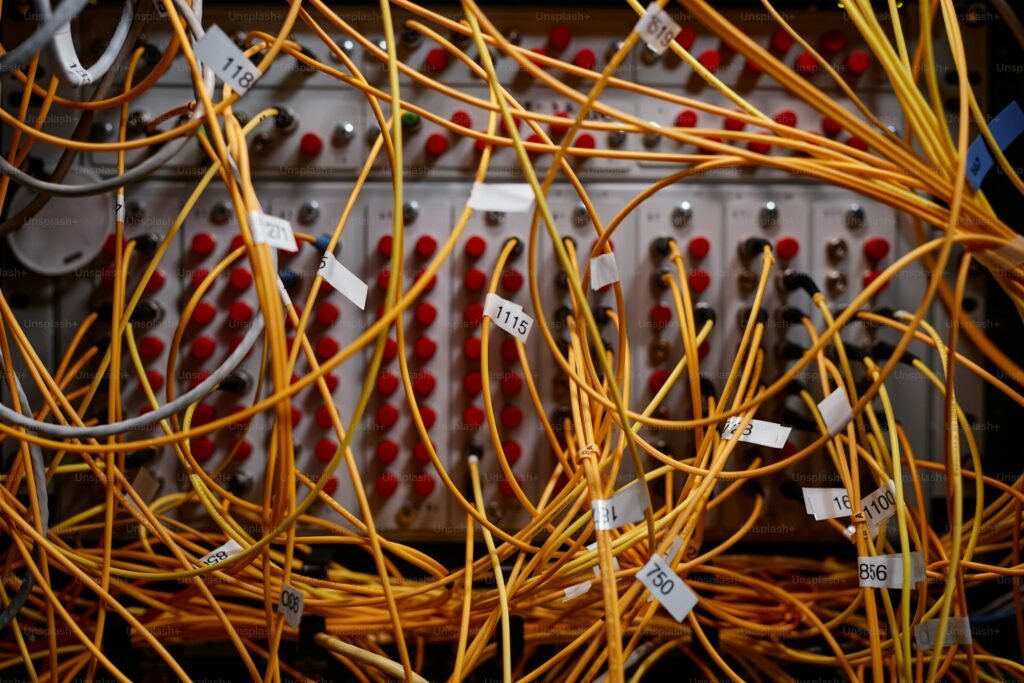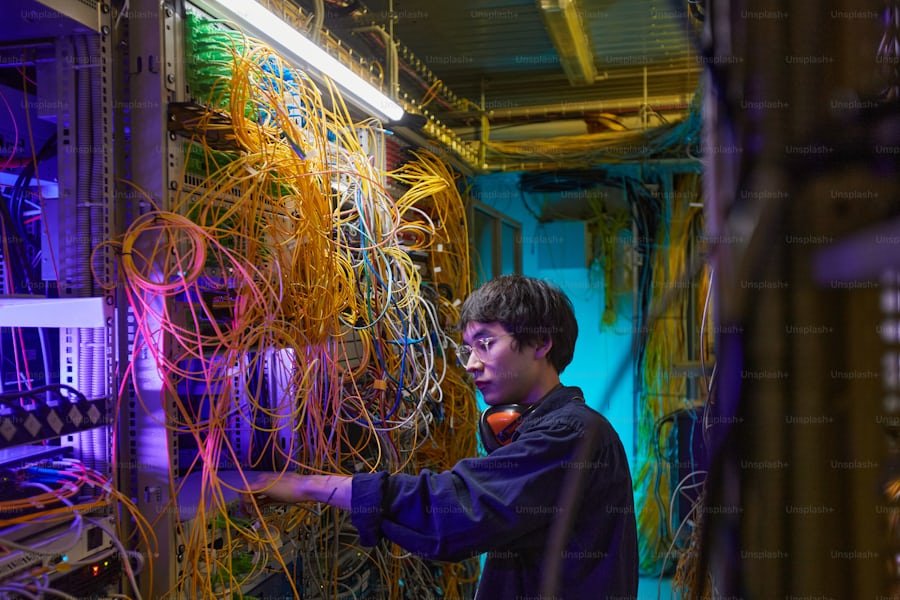In our increasingly connected world, the demand for efficient, reliable, and innovative electrical solutions has never been higher. Among the various technologies emerging to meet this demand, MW wire stands out as a key player. This article explores what MW wire is, its advantages, applications, and why it is poised to shape the future of electrical connectivity.
What is MW Wire?
MW wire, short for Medium Voltage wire, typically refers to electrical conductors designed to handle voltages ranging from 1 kV to 35 kV. This category of wire is essential for transmitting electrical power in a wide array of applications, from industrial settings to urban infrastructure. Unlike low-voltage wiring, MW wire is built to withstand higher stress and carry larger loads, making it suitable for more demanding environments.
Key Advantages of MW Wire
- Enhanced Safety: One of the primary benefits of MW wire is its enhanced safety features. These wires are designed to minimize the risk of electrical faults, reducing the likelihood of accidents in workplaces or residential areas.
- Improved Efficiency: MW wires often exhibit lower resistance compared to traditional wiring. This translates to less energy loss during transmission, making them a more efficient choice for power distribution.
- Durability: Built to withstand harsh conditions, MW wire is often insulated with materials that resist abrasion, moisture, and chemical exposure. This durability extends the lifespan of the wiring, ultimately saving costs on replacements and repairs.
- Versatility: MW wire can be used in a wide range of applications, from renewable energy installations to urban infrastructure projects. Whether it’s connecting wind turbines or supplying power to electric vehicles, its versatility is a significant advantage.
Applications of MW Wire

1. Renewable Energy
As the world shifts toward sustainable energy sources, MW wire plays a crucial role in integrating renewable technologies. Wind farms, solar power plants, and other renewable installations rely on medium-voltage wiring to efficiently transport electricity generated from these sources to the grid. With the increasing focus on sustainability, the demand for MW wire in renewable energy projects is only set to grow.
2. Industrial Use
Many industries, including manufacturing, mining, and construction, require robust electrical solutions to power their operations. MW wire is often used to connect heavy machinery, ensuring that power is delivered safely and efficiently. Its ability to handle high loads makes it ideal for environments where reliability is paramount.
3. Urban Infrastructure
As cities expand, the need for reliable power distribution increases. MW wire is essential for urban electrical networks, connecting substations to transformers and ultimately to homes and businesses. The ongoing development of smart cities will further drive the demand for advanced electrical connectivity solutions like MW wire.
The Role of Technology in MW Wire Development
The evolution of MW wire is closely tied to advancements in technology. Modern manufacturing techniques have led to the production of wires that are not only more efficient but also easier to install. Innovations such as improved insulation materials and enhanced conductor designs have made MW wire more effective at handling higher voltages while ensuring safety.
Additionally, the integration of smart technology into electrical systems is paving the way for smarter MW wiring solutions. This includes features like real-time monitoring and diagnostics, allowing for proactive maintenance and reducing downtime.
Environmental Considerations
As with any technology, it’s important to consider the environmental impact. Fortunately, the manufacturing processes for MW wire are becoming more sustainable. Many manufacturers are focusing on reducing waste and utilizing recyclable materials in their products. Furthermore, by enabling more efficient energy distribution, MW wire contributes to lower carbon emissions, supporting global sustainability efforts.
Challenges Ahead
Despite its many advantages, the adoption of MW wire is not without challenges. One significant hurdle is the initial cost associated with installation. While MW wire can lead to long-term savings through efficiency and durability, the upfront investment may deter some organizations from making the switch.
Another challenge is the need for skilled labor to install and maintain these systems. As technology evolves, training programs must keep pace to ensure that workers are equipped with the necessary skills to handle modern wiring systems.
The Future of MW Wire
The future looks bright for MW wire, especially as more industries recognize its benefits. As electrical systems continue to evolve and become more integrated with smart technology, the demand for medium-voltage wiring solutions will likely grow. This trend will be driven by factors such as:
- Increased Electrification: As electrification expands into new areas, such as transportation and heating, the demand for robust electrical systems will rise.
- Smart Cities: The push towards smart cities will require advanced electrical infrastructure, further boosting the need for efficient wiring solutions like MW wire.
- Sustainable Practices: As businesses and governments prioritize sustainability, the efficiency and longevity of MW wire will align perfectly with these goals.
Conclusion
In a world where electrical connectivity is critical to our daily lives, MW wire represents a forward-thinking solution. Its safety, efficiency, durability, and versatility make it a natural choice for a variety of applications, from renewable energy projects to urban infrastructure. As technology continues to advance and the demand for reliable electrical systems grows, MW wire is well-positioned to play a pivotal role in shaping the future of electrical connectivity.
FAQs
1. What is the main benefit of using MW wire?
MW wire provides enhanced safety and efficiency for electrical systems, especially in demanding environments.
2. Where is MW wire commonly used?
It is widely used in renewable energy, industrial applications, and urban infrastructure projects.
3. How does MW wire contribute to sustainability?
By enabling efficient energy transmission and utilizing recyclable materials in production, MW wire supports sustainable energy practices.

